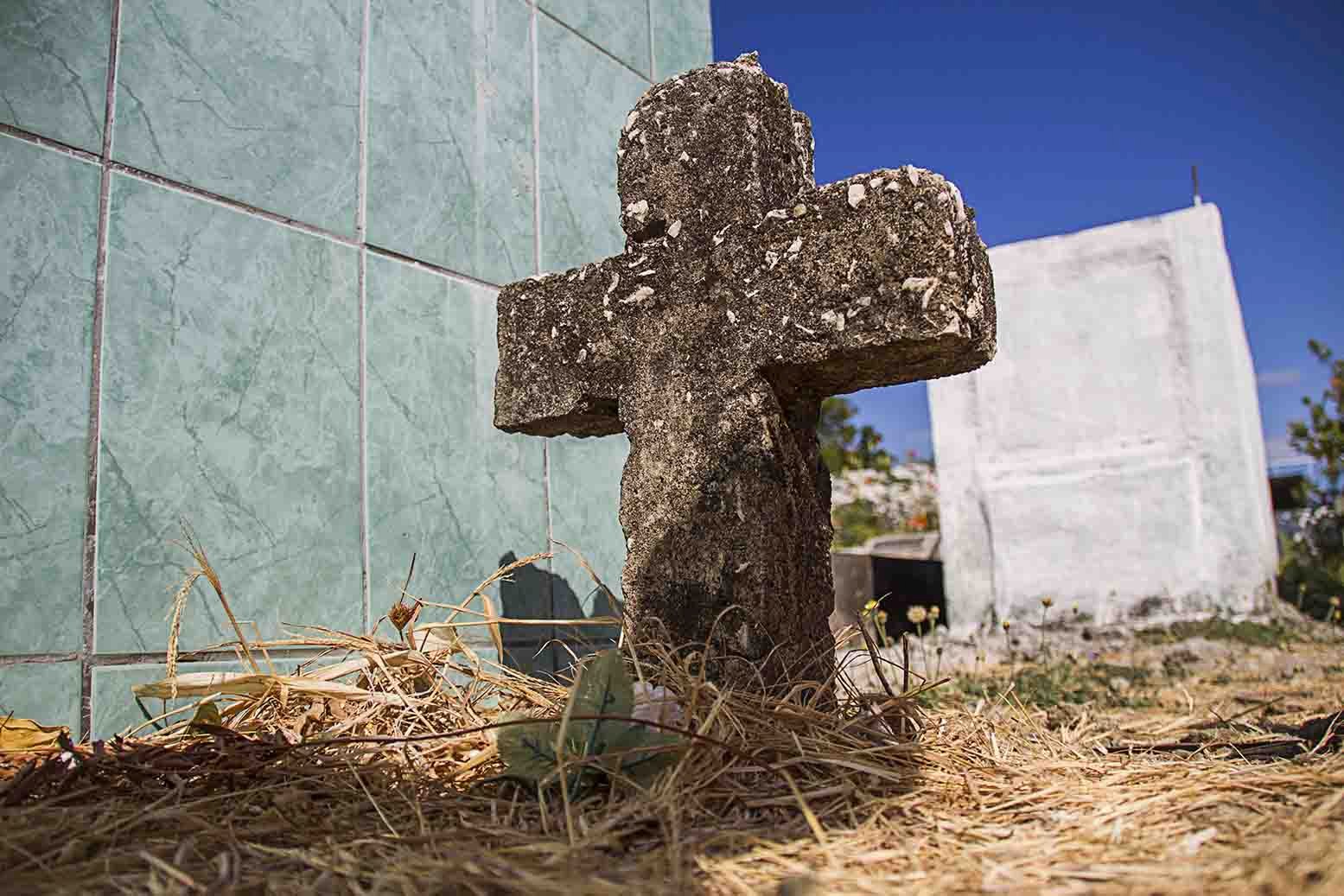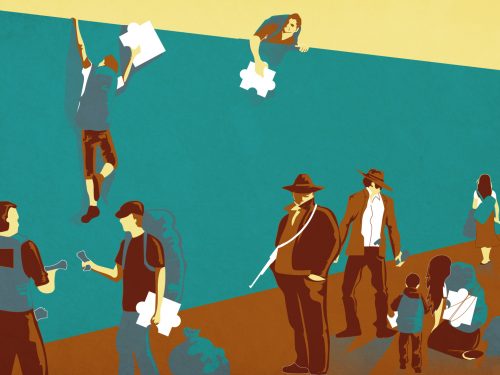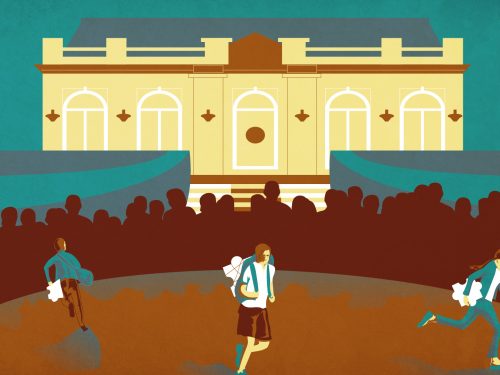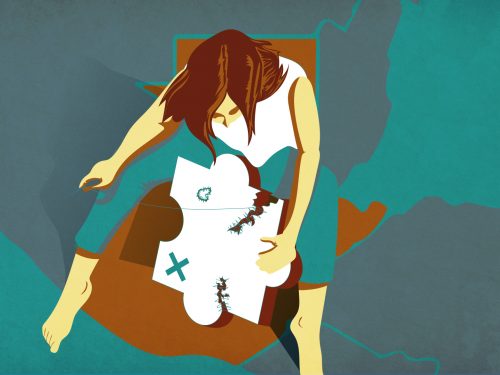
Although Costa Rica has been ranked as “the happiest country in the world,” not everyone is so happy, as shown by the distressing incidents of suicide and attempted suicide that take place each year.
The majority of suicides in Costa Rica take place in the vicinity of San Jose. Cases are less common in the province of Guanacaste, but a tragic example took place in Nicoya on November 15, 2013, when 37-year-old Melvin Zúñiga Muñoz committed suicide in a field in the La Matabuey neighborhood after first murdering his girlfriend, Rosibel Gomez Enriquez, age 46, in the school cafeteria at Virgilio Camaño School, where she worked.
According to 2011 data from the National Institute Statistics and Census (INEC), 319 suicides took place that year nationwide. Of these, more than two-thirds were men, 266 compared to 114 women.
The statistical profile of a man who commits suicide is someone alcoholic, single, without friends, recently abandoned by a spouse or companion, those of advanced age who become widowers or those who have been victims of bullying at work, according to Domingo Abarca Vasquez, president of the Costa Rican Network Association of Suicideologists. He noted that recent investigations reveal that one in five suicides is connected to circumstances of bullying.
He cited intolerance to failure, for example in employment, in acquiring consumer goods, or in a relationship, especially with a mate or girlfriend, as a main factor in suicides by men.
Studying suicide as a social phenomenon rather than a biological or genetic one, Abarca noted that although more men commit suicide, women more commonly attempt it. He explained, “In women we find two basic situations that draws them away from completing the suicide. One of them, perhaps the most important, is that they know how to share their emotions, problems and misfortunes transparently and with greater perseverance, both with friends and family, and in this game of social interactions they receive feedback, advice and help (factors that protect them from suicide), so they more easily counter their suicidal thoughts and ideas.
The man, by human nature and culturally socialized by gender as the ‘strong sex’, in those situations, most often tends to isolate himself and despair. Isolation generates silence; silence doesn’t facilitate finding help or creating support networks, which is precisely what causes suffering, the leading cause of suicide.”
The age range in the 2011 data varied widely, as 36 were children between the ages of 10 and 19, 83 were in their twenties, 70 were in their thirties, 50 were in their forties, 35 were in their fifties and 44 were age 60 or older. Oddly, one was a baby who was categorized as having died from self-inflicted injury.
Hanging, strangulation or suffocation was the most common method, with 192 cases, followed by 52 cases of poisoning with insecticides and 46 cases with firearms.
If you or a loved one needs support, look for Asociación Red Costarricense de Suicidólogos on Facebook.







Comments